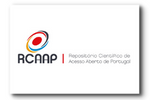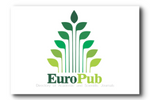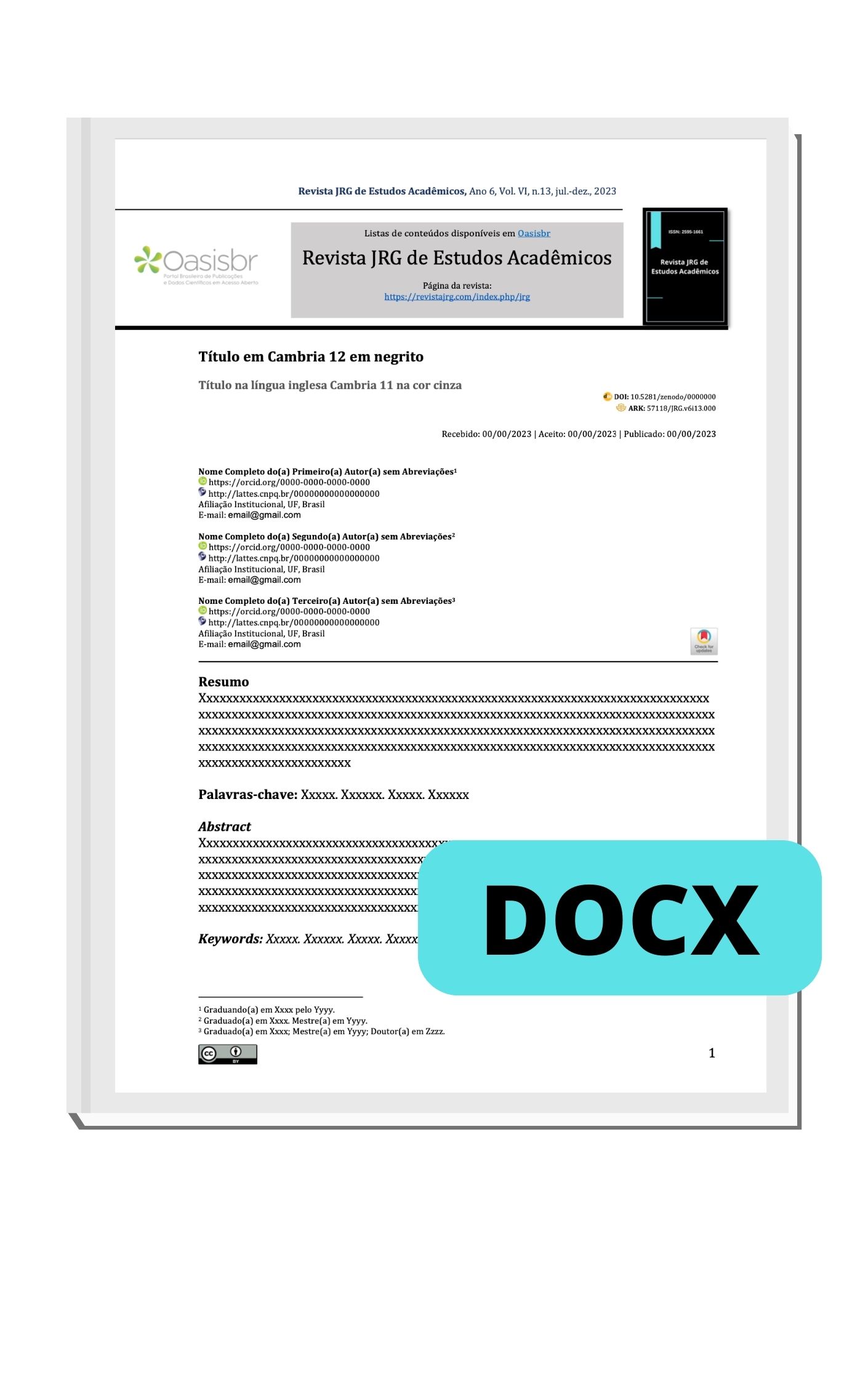Evaluation of the nutritional composition of olive oil and blended vegetable oil commercialized in the city of Fortaleza, Brazil
DOI:
https://doi.org/10.55892/jrg.v8i19.2468Keywords:
Olive Oil; Food Labeling; Nutritional Sciences; Compound oil; Nutritional assessmentAbstract
Extra virgin olive oil is widely recognized for its beneficial lipid profile, particularly due to its high concentration of monounsaturated fatty acids, such as oleic acid, and the presence of antioxidant compounds. However, in the Brazilian market, there are products labeled as “blended oils,” which may contain only a small fraction of olive oil in their formulation, potentially misleading consumers. This observational, descriptive-comparative study was conducted in supermarkets in Fortaleza, Brazil, between September 2024 and January 2025. Six products from different brands were collected and categorized into two groups: extra virgin olive oil and blended vegetable oil. Nutritional information was extracted from labels and standardized to 100 mL to enable nutritional comparison. Analysis showed that both groups presented similar energy values (108–117 kcal/13 mL). However, extra virgin olive oils exhibited significantly higher levels of monounsaturated fats (9.1–9.8 g/serving), whereas blended oils had lower levels of this nutrient and higher amounts of polyunsaturated fats, which are more susceptible to oxidation. Furthermore, the labeling of blended oils, containing only 10–15% olive oil, may mislead consumers by suggesting equivalence with pure olive oil. The study highlights the nutritional superiority of extra virgin olive oil compared to blended oils, particularly in terms of monounsaturated fat content and antioxidant potential. It reinforces the importance of careful label reading and nutrition education as strategies for healthier and more informed food choices aligned with cardiovascular health promotion.
Downloads
References
BRASIL. Agência Nacional de Vigilância Sanitária. Instrução Normativa nº 75, de 8 de outubro de 2020. Declaração da rotulagem nutricional dos alimentos embalados. Diário Oficial da União, Brasília, 09 out. 2020.
BRASIL. Agência Nacional de Vigilância Sanitária. Resolução RDC nº 429, de 8 de outubro de 2020. Rotulagem nutricional dos alimentos embalados. Diário Oficial da União, Brasília, 09 out. 2020.
BRASIL. Agência Nacional de Vigilância Sanitária. Resolução RDC nº 481, de 23 de março de 2021. Requisitos sanitários para óleos e gorduras vegetais. Diário Oficial da União, Brasília, 24 mar. 2021.
BRASIL. Ministério da Saúde. Agência Nacional de Vigilância Sanitária. Resolução RDC nº 270, de 22 de setembro de 2005. Regulamento técnico para óleos vegetais, gorduras vegetais e creme vegetal. Diário Oficial da União, Brasília, 23 set. 2005. Seção 1.
CASADEI, Elena; VALLI, Elisabetta; PANNI, Federica; DONARSKI, Julia; FARRÚS GUBERN, Jordi; LUCCI, Paola; CONTE, Luisa; LACOSTE, Florent; MAQUET, Alain; BRERETON, Paul; BENDINI, Alessandra; GALLINA TOSCHI, Tullia. Emerging trends in olive oil fraud and possible countermeasures. Food Control, [s.l.], v. 124, p. 107902, jul. 2021.
COVAS, Maria Isabel. Bioactive effects of olive oil phenolic compounds in humans: reduction of heart disease factors and oxidative damage. Inflammopharmacology, [s.l.], v. 16, p. 216-218, jun. 2008.
ESTRUCH, Ramon; ROS, Emilio; SALAS-SALVADÓ, Jordi; et al. Primary prevention of cardiovascular disease with a Mediterranean diet supplemented with extra-virgin olive oil or nuts. The New England Journal of Medicine, Boston, v. 378, n. 25, p. e34, jun. 2018.
FITÓ, Montserrat; DE LA TORRE, Rafael; COVAS, Maria Isabel. Olive oil and oxidative stress. Molecular Nutrition & Food Research, [s.l.], v. 51, p. 1215-1222, dez. 2007.
HERNANDO-REDONDO, Javier; HERNÁEZ, Álvaro; SANLLORENTE, Álvaro; PINTÓ, Xavier; ESTRUCH, Ramon; SALAS-SALVADÓ, Jordi; CORELLA, Dolores; ARÓS, Fernando; MARTÍNEZ-GONZÁLEZ, Miguel Ángel; SUBIRANA, Isaac; MUÑOZ-AGUAYO, David; MALCAMPO, Marta; SERRA-MAJEM, Lluis; ROMAGUERA, Dora; LAPETRA, José; ROS, Emilio; TINAHONES, Francisco; LAMUELA-RAVENTÓS, Rosa María; GÓMEZ-GRACIA, Enrique; FITÓ, Montserrat; CASTAÑER, Olga. Mediterranean diet modulates gene expression of cholesterol efflux receptors in high-risk cardiovascular patients. Molecular Nutrition & Food Research, [s.l.], v. 69, n. 13, p. e70050, jul. 2025.
KRAUSE, Corinna; SOMMERHALDER, Katharina; BEER-BORST, Susanne; ABEL, Thomas. Just a subtle difference? Findings from a systematic review on definitions of nutrition literacy and food literacy. Health Promotion International, Oxford, v. 33, n. 3, p. 378-389, set. 2016.
MILLMAN, Jack F.; OKAMOTO, Shusuke; TERUYA, Takuro; UEMA, Tomoko; IKEMATSU, Shinsuke; SHIMABUKURO, Michio; MASUZAKI, Hideaki. Extra-virgin olive oil and the gut-brain axis: influence on gut microbiota, mucosal immunity, and cardiometabolic and cognitive health. Nutrition Reviews, Oxford, v. 79, n. 12, p. 1362-1374, dez. 2021.
MCKINSEY & COMPANY. Sentimento do consumidor: O consumidor brasileiro hoje – 2024. São Paulo, 2024. Disponível em: https://sentimentodoconsumidor.mckinsey.com/. Acesso em: 15 set. 2025.
NOGUEIRA-DE-ALMEIDA, Carlos Alberto; RIBAS FILHO, Diógenes; MELLO, Elza Daniel de; MELZ, Gabriela; ALMEIDA, Ana Carolina Fialho de. Azeite de oliva e suas propriedades em preparações quentes: revisão da literatura. International Journal of Nutrology, [s.l.], v. 8, n. 2, p. 13-20, mai./ago. 2015.
PERŠURIĆ, Ana S. Ivanov; DAMIJANIĆ, Anamarija T. Connections between healthy behaviour, perception of olive oil health benefits, and olive oil consumption motives. Sustainability, Basel, v. 13, n. 14, p. 7630, jul. 2021.
SILVA, Bruna da; SCHMIELE, Mariana. From olive to olive oil: a general approach. Research, Society and Development, [s.l.], v. 10, n. 3, p. e32210313408, mar. 2021.
VELARDO, Stefania. The nuances of health literacy, nutrition literacy, and food literacy. Journal of Nutrition Education and Behavior, Philadelphia, v. 47, n. 4, p. 385-389, jul./ago. 2015.
VIDGEN, Helen A.; GALLEGOS, Danielle. Defining food literacy and its components. Appetite, London, v. 76, p. 50-59, mar. 2014.
WEINBRENNER, Tobias; FITÓ, Montserrat; FARRÉ ALBALADEJO, María; SAEZ, Gregorio T.; RIJKEN, Peter; TORMOS, Carlos; COOLEN, Sietse; DE LA TORRE, Rafael; COVAS, Maria Isabel. Bioavailability of phenolic compounds from olive oil and oxidative/antioxidant status at postprandial state in healthy humans. Drugs under Experimental and Clinical Research, [s.l.], v. 30, n. 5-6, p. 207-212, nov./dez. 2004.
WORLD HEALTH ORGANIZATION (WHO). Healthy diet. Geneva: WHO, 2020. Disponível em: https://www.who.int/news-room/fact-sheets/detail/healthy-diet. Acesso em: 15 jul. 2025.











































